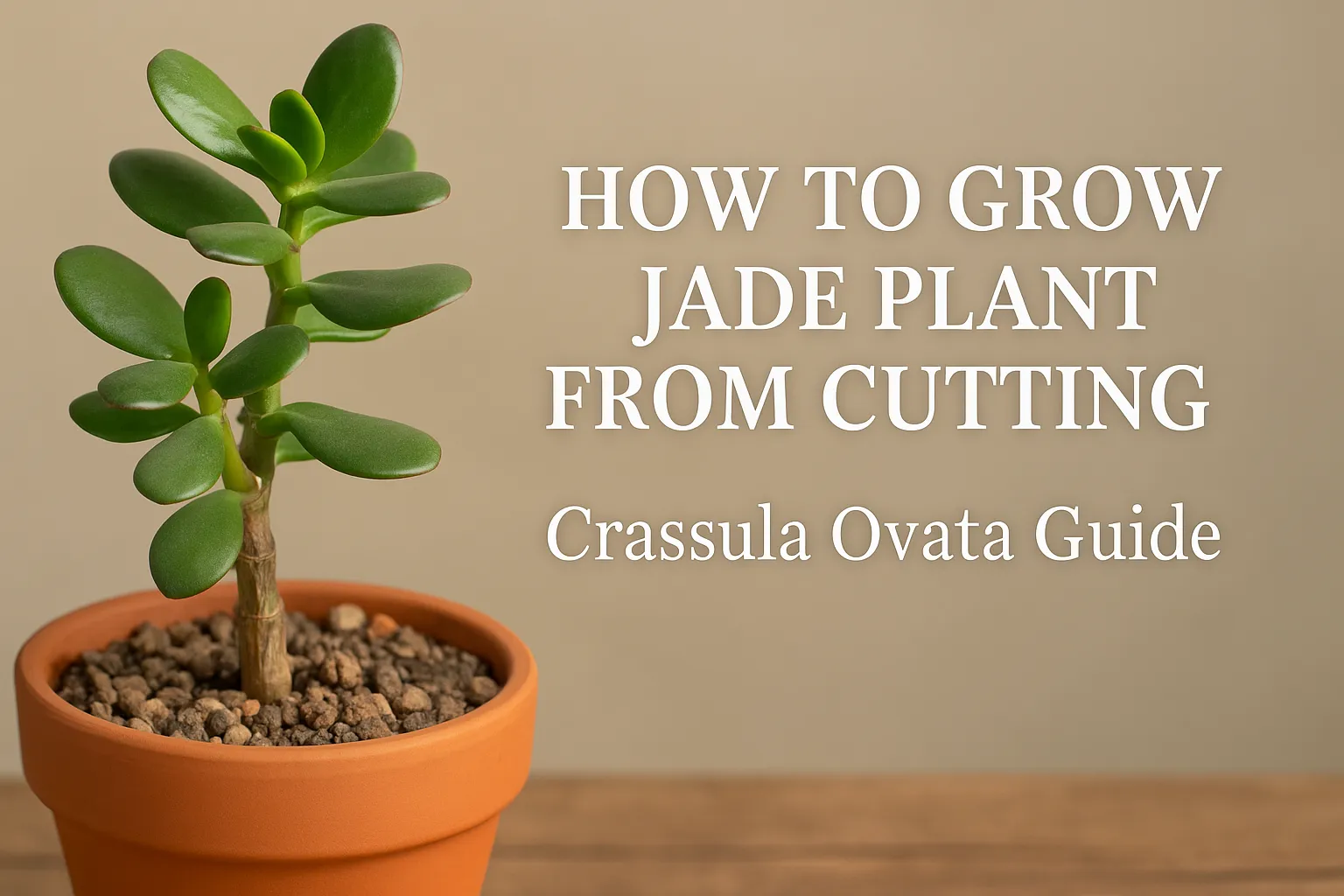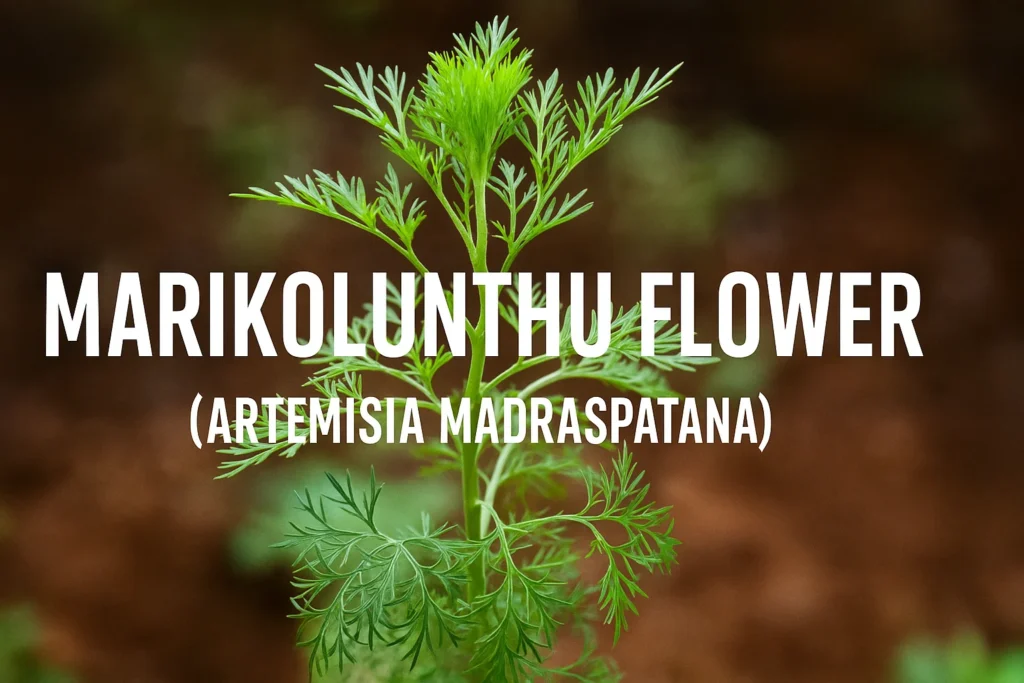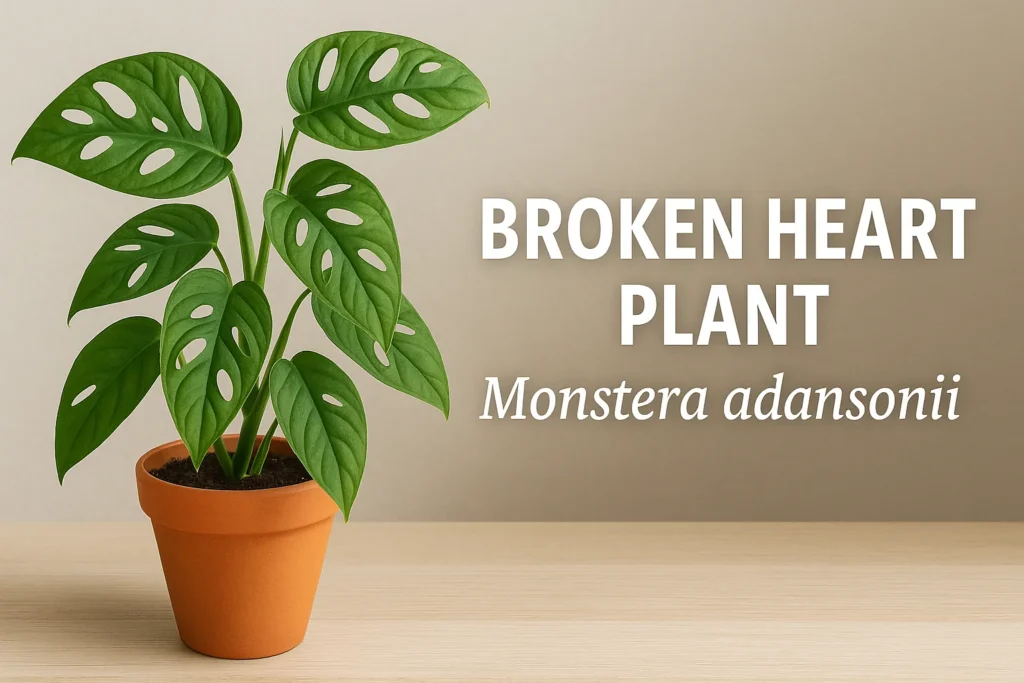If you’ve ever walked into a cozy home and spotted a chubby, green-leaved plant sitting proudly on a windowsill, chances are you’ve met the jade plant. Also known as Crassula ovata, this hardy succulent is a favorite among plant lovers for a good reason—it’s beautiful, low-maintenance, and brings a little luck to your home too. Let’s dive into everything you need to know about growing a jade plant from cuttings and how to care for it the right way.
What Is a Jade Plant? A Green Gem for Your Home
The jade plant, or Crassula ovata, is a fleshy-leaved succulent native to South Africa. It’s known for its thick, shiny green leaves and tree-like appearance, making it a popular choice for indoor gardening. Some people even train it into a jade plant bonsai, giving it a miniature tree form that’s incredibly charming.
There are several crassula ovata varieties, including the classic green-leafed version, variegated ones with cream edges, and even some with red-tinted leaves. These plants can live for decades, often passed down through generations.
Why Grow a Jade Plant? Amazing Benefits of This Lucky Plant
Before we jump into the how-to part, let’s take a moment to appreciate the jade plant benefits. For one, it’s considered a lucky jade plant, believed to bring prosperity and positive energy according to Feng Shui. Many people place it near the entrance or in the southeast corner of their homes for this reason. Besides good vibes, jade plants help purify the air and are super low-maintenance, making them perfect for busy folks or beginners.
Also, if you’re fascinated by interesting flora, don’t forget to explore the Buraansh Flower, known for its vibrant color and medicinal uses.
How to Grow Jade Plant from Cutting: Step-by-Step for Beginners
Starting your jade plant journey from a cutting is both fun and easy. All you need is a healthy stem, a bit of patience, and some basic supplies.
Here’s how to do it:
- Choose a healthy stem – Find a thick, mature stem with a few leaves. Cut it using a clean, sharp knife or scissors, about 3 to 4 inches long.
- Let it dry – Place the cutting in a dry, shaded area for 3–5 days. This allows the cut end to callous, which helps prevent rotting.
- Prepare the soil – Use well-draining soil, like a cactus mix or sandy soil. You can even mix in some perlite or pumice.
- Plant the cutting – Insert the calloused end about an inch deep into the soil.
- Water lightly – Mist the soil lightly. After the roots start forming (within 2–3 weeks), you can water more deeply but infrequently.
That’s it. You’ve just planted a jade baby!
If you enjoy learning how to grow green wonders, the Marikolunthu Plant is another aromatic herb worth checking out.
How To Take Care Of Jade Plant?: Simple Yet Essential Tips
Once your jade plant is rooted, proper care is key to keeping it thriving.
- Light: Bright, indirect sunlight is ideal. A south-facing window works great.
- Watering: Let the soil dry out completely before watering. Overwatering is the most common killer of jade plants.
- Temperature: They prefer room temperature but can tolerate slight dips. Avoid frost.
- Fertilizer: Feed once every 2–3 months with a succulent-friendly fertilizer during the growing season (spring and summer).
- Pruning: Trim dead leaves or leggy stems to maintain a bushy look.
Still confused about Jade Plant Care? Just remember the golden rule: less water, more light.
If you’re setting up your gardening space, don’t forget to Name Things That Gardeners Need—it’s a fun way to stay organized!
Jade Plant Flowers: Yes, They Bloom Too
You might be surprised to know that the jade plant flowers. Though rare, especially indoors, mature jade plants can bloom small star-shaped pink or white flowers in late winter.
To encourage flowering:
- Ensure the plant is mature (often 4+ years old).
- Provide a rest period with cooler temperatures and less watering in winter.
- Avoid excessive fertilizing.
While you’re at it, take a moment to appreciate other native blooms like the stunning Nagkesar flower.
Where to Place Jade Plant in Home for Best Energy
A common question many plant parents ask is where to place jade plant in home. According to Feng Shui and Vastu, the best spot is near the entrance, or in the southeast area of your living room, where it can attract wealth and harmony. Also, avoid placing it in bathrooms or dark corners where it might not get enough light or energy flow. Want to beautify your space further? Consider installing an Invisible Grill for Balcony —it keeps your balcony or window garden safe without ruining the view.
Types of Jade Plants to Explore for Your Garden
While the classic Crassula ovata is a staple, there are several types of jade plants you can collect:
- Crassula ovata ‘Hummel’s Sunset’ – Yellow and red-tipped leaves.
- Crassula ovata ‘Gollum’ – Tubular, alien-like leaves.
- Crassula ovata ‘Variegata’ – Cream-striped green leaves.
- Crassula ovata ‘Minima’ – A dwarf version, perfect for small pots.
Mix and match these crassula ovata plant types to create a lively succulent corner. To add more colors to your garden, check out some of the vibrant kerala flowers that thrive beautifully in Indian climates.
Final Thoughts:
Growing a jade plant from a cutting is like welcoming a lifelong friend into your home. It’s simple, rewarding, and even a bit magical. From attracting prosperity to adding greenery to your room, the jade plant truly is a gem. And if you’re looking to create a full-blown balcony garden, don’t miss out on adding cheerful blooms like the verbena flower to your mix.
Happy planting!













